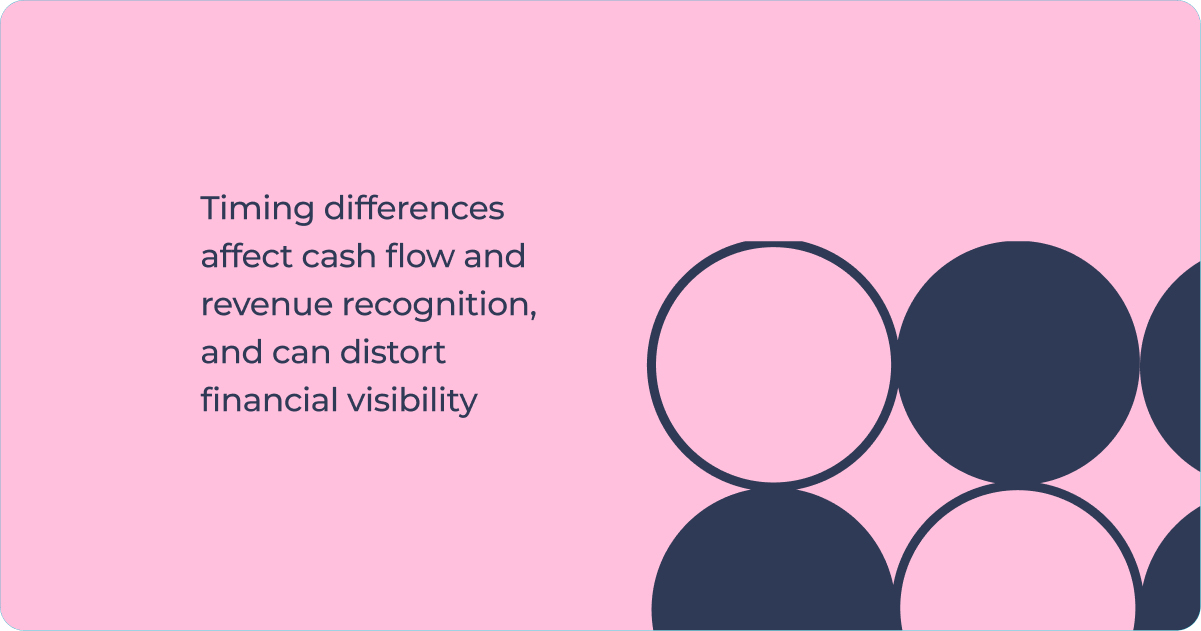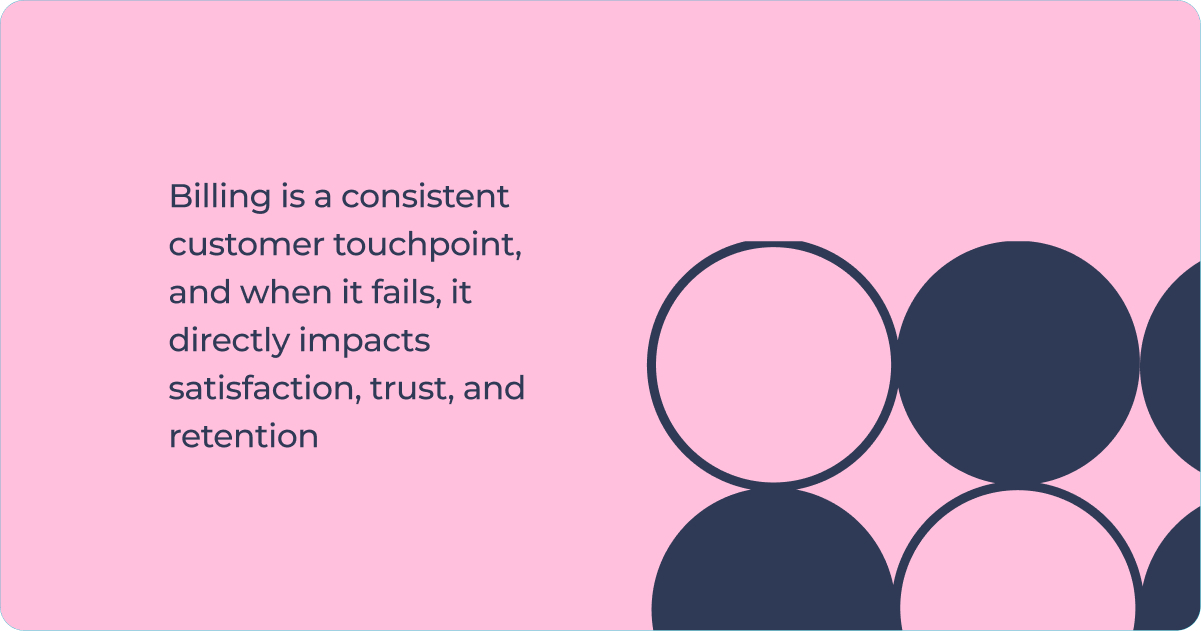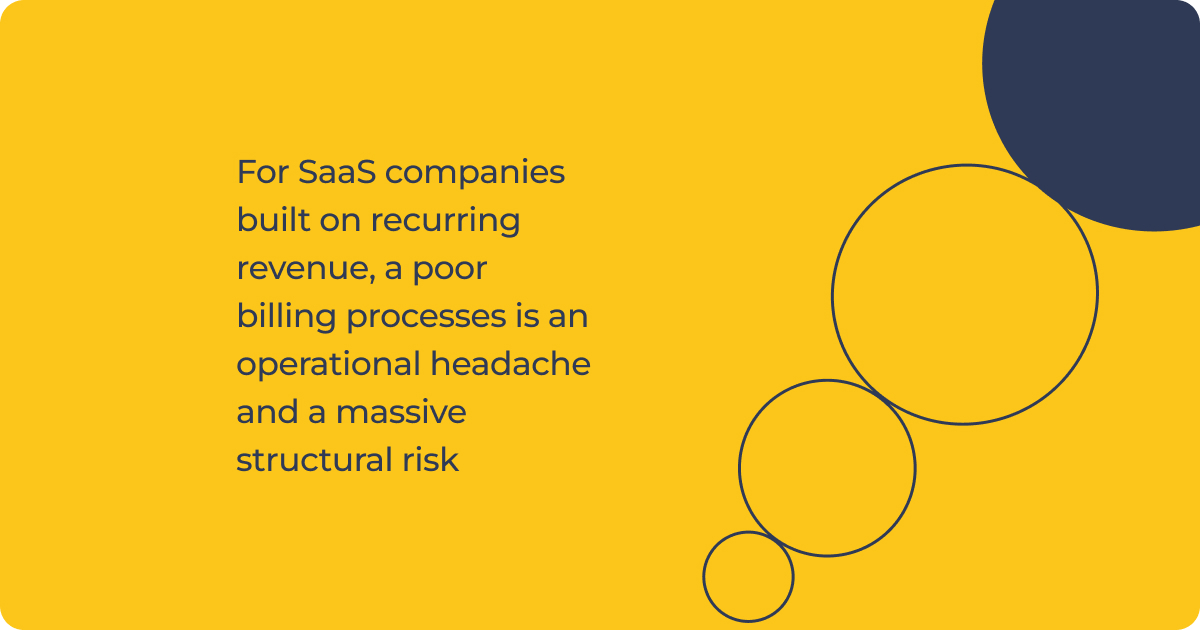In SaaS, numbers don’t always tell the same story. Sales celebrates record bookings, finance focuses on billings, and leadership zeroes in on revenue, yet each sees a different version of growth. These metrics reflect different stages of the customer journey, and when they aren’t clearly understood or aligned, teams lose visibility, forecasts drift and reports only tell part of the story.
This article explains what each term means, how timing differences affect cash flow and revenue recognition, and the pitfalls that can distort financial visibility. You’ll also learn how aligning bookings, billings, and revenue helps SaaS leaders forecast with confidence, build investor trust, and make smarter, data-driven decisions.
Understanding the Core SaaS Metrics: Bookings, Billings, and Revenue
Before you can forecast effectively, it’s crucial to understand what each of these terms mean, and how they connect. In SaaS, the difference between bookings, billings, and revenue isn’t just about timing, it’s about how value moves through your business.
- Bookings
Think of bookings as a promise. It’s the total value of all contracts signed within a given period, regardless of when or if the money arrives. For example, if you sign a 3-year enterprise deal worth $300,000, the full $300K counts as a booking today, even though payments will occur over time.
- Billings
Billings represent what you’ve invoiced. It’s the amount you’ve asked the customer to pay during a given period. For example, that same $300K contract might be billed $100K per year so in year one, your billings total $100K, not $300K.
- Revenue
Revenue is what you’ve earned by delivering your product or service, as defined by accounting standards like ASC 606 and IFRS 15. Even if you’ve billed a customer upfront, you only recognize revenue as the service is provided. For example, if you’ve billed $100K for a year of service, and delivery is spread evenly across 12 months, you’ll recognize about $8,333 per month as revenue.
In short bookings measure sales performance, billings track cash movement, and revenue represents actual delivery and earnings.
One SaaS Subscription Contract, Three Views
Imagine your SaaS company signs a three-year enterprise contract worth $300,000. The customer agrees to pay $100,000 per year, billed annually at the start of each term.
When the contract is signed, your bookings equal the full $300,000, since that represents the total value you’ve committed to deliver. Once you issue the first invoice for $100,000, that amount becomes your billings. It reflects what you’ve asked the customer to pay and what will soon appear as cash in your account.
As you deliver your service over the year, you gradually recognize revenue at about $8,333 per month, representing the portion you’ve actually earned through delivery.
Deferred Revenue and Revenue Recognition: Timing Is Everything
Once you understand bookings, billings, and revenue, the next concept to master is deferred revenue or unearned revenue. Deferred revenue occurs when a customer pays for a service before it’s delivered. The cash is in your account, but you haven’t yet earned it, so it appears on your balance sheet as a liability. Each month, as the service is provided, a portion of that deferred revenue becomes recognized revenue.
For example, if your company bills a customer $100,000 upfront for a one-year subscription, you can’t recognize the full amount immediately. Instead, under ASC 606 and IFRS 15, you recognize about $8,333 per month as you deliver the service.
This framework ensures that revenue aligns with performance, not payment. It prevents overstating earnings in high-booking months and gives investors a clear, compliant picture of your business health.
For most SaaS companies, mastering deferred revenue is the bridge between strong contract value vs billing alignment and trustworthy forecasting. It’s what turns billing data into financial insight.
Why the Distinction Matters
It’s easy to see bookings, billings, and revenue as accounting details but in SaaS, these metrics directly shape how a business grows, operates, and communicates its performance.
- Cash Flow and Forecasting
A strong quarter of new bookings might look impressive, but if billings are delayed or structured poorly, cash flow can quickly tighten. Understanding when and how revenue is recognized helps leaders forecast more accurately, balance liquidity, and avoid end-of-quarter surprises.
- Investor Confidence and Transparency
Investors and boards want growth they can trust. Mixing up billed and earned revenue can make results appear inflated or unpredictable. Using consistent definitions grounded in revenue recognition standards builds transparency, strengthens credibility, and reduces the risk of restatements or reporting surprises.
- Team Alignment and Execution
Sales, finance, and operations each view success through their own lens. When those metrics aren’t aligned, it creates friction and miscommunication. Creating a shared understanding of how these SaaS metrics connect helps every teamwork from the same financial reality, driving smarter decisions and more predictable performance.
Ultimately, knowing the difference between bookings, billings, and revenue helps SaaS leaders move from chasing numbers to managing the story behind them.
Common Mistakes to Avoid
Even with clear definitions, many SaaS companies struggle to keep bookings, billings, and revenue in sync. Here are a few common pitfalls that can distort financial visibility and slow growth.
- Overemphasizing Bookings
It’s tempting to treat bookings as the ultimate success metric. But high bookings don’t always translate into strong cash flow or sustainable revenue, especially if discounts, long payment terms, or cancellations are involved. Overvaluing bookings can create a false sense of momentum and strain cash reserves.
- Misaligned Reporting Between Systems
When CRMs, billing tools, and accounting systems track different numbers, teams spend more time reconciling than analyzing. Inconsistent data across SaaS billing and revenue recognition workflows can lead to missed revenue, errors, and investor confusion.
- Ignoring Deferred Revenue Trends
Shrinking deferred revenue while bookings rise can signal billing delays or delivery issues. Deferred revenue isn’t just an accounting entry, it’s an indicator of customer health, retention, and fulfillment performance.
- Lack of Cross-Team Visibility
Sales, finance, and operations often chase different targets without a shared understanding of timing or impact. When those teams operate in silos, forecasting accuracy and trust suffer. Aligning around common SaaS metrics ensures every function supports the same growth strategy.
- Overlooking Churn and Contract Changes
Bookings and billings often assume that customers will stay for the full contract term, but renewals, cancellations, and scope changes happen frequently. If churn or downgrades aren’t reflected in your reporting, you can end up overstating future revenue and underestimating risk. Regularly updating forecasts and deferred revenue schedules based on actual customer behavior ensures your financial picture stays accurate.
Avoiding these mistakes isn’t just about clean accounting, it’s about building predictable, transparent growth. When your metrics are aligned and systems connected, every deal, invoice, and revenue line tells the same story.
Aligning Metrics for Predictable Growth
Clarity between bookings, billings, and revenue is what turns numbers into insight. When these metrics align, cash flow becomes predictable, forecasting improves, and teams operate with confidence. Good Sign makes that alignment effortless.
Our contract-centric platform connects contracts, billing, and revenue recognition in one flow, so all revenue is traceable from booking to billing to revenue. It starts from digitizing the contract in a way that ensures the data and reality are the same, no workarounds and no compliance issues.



